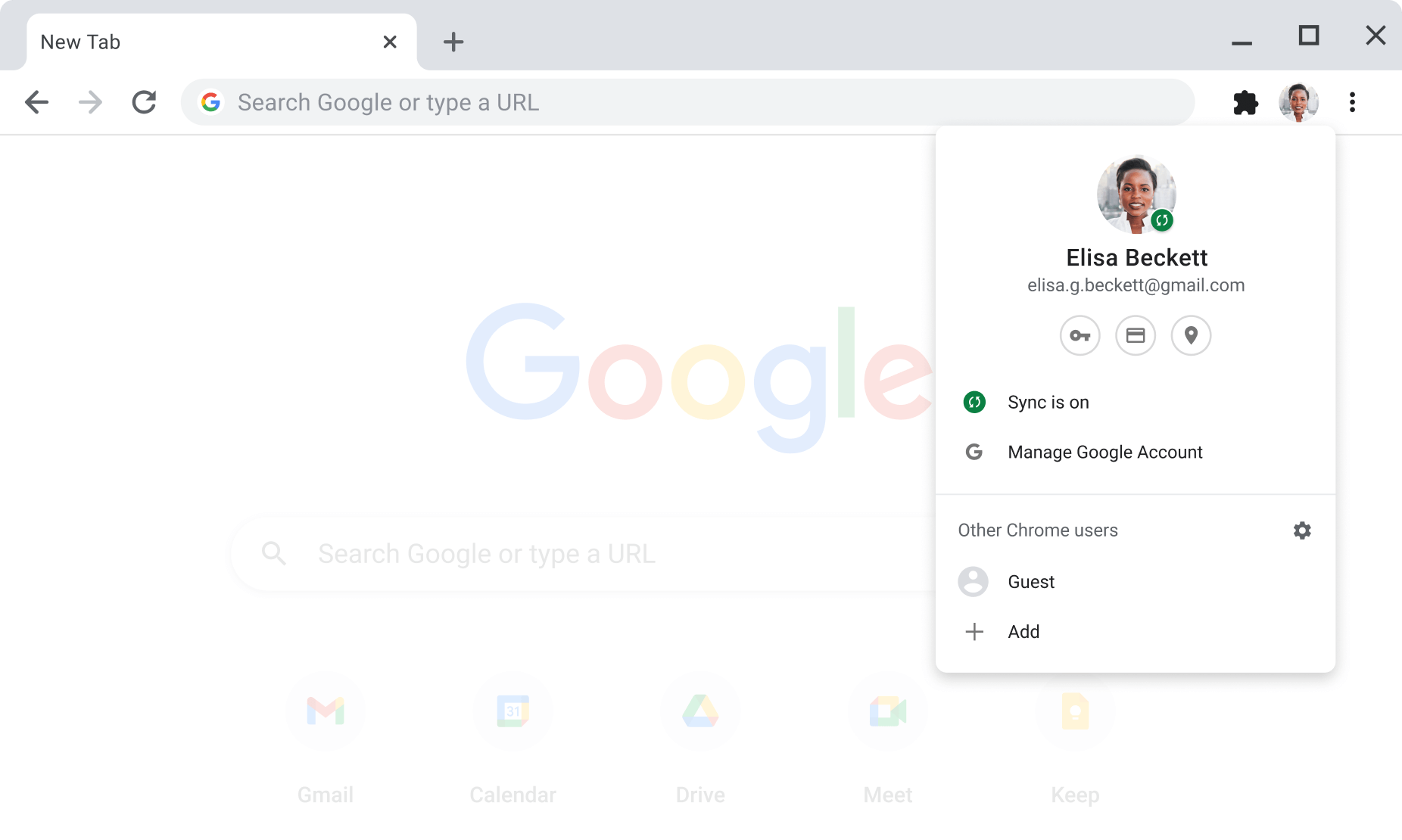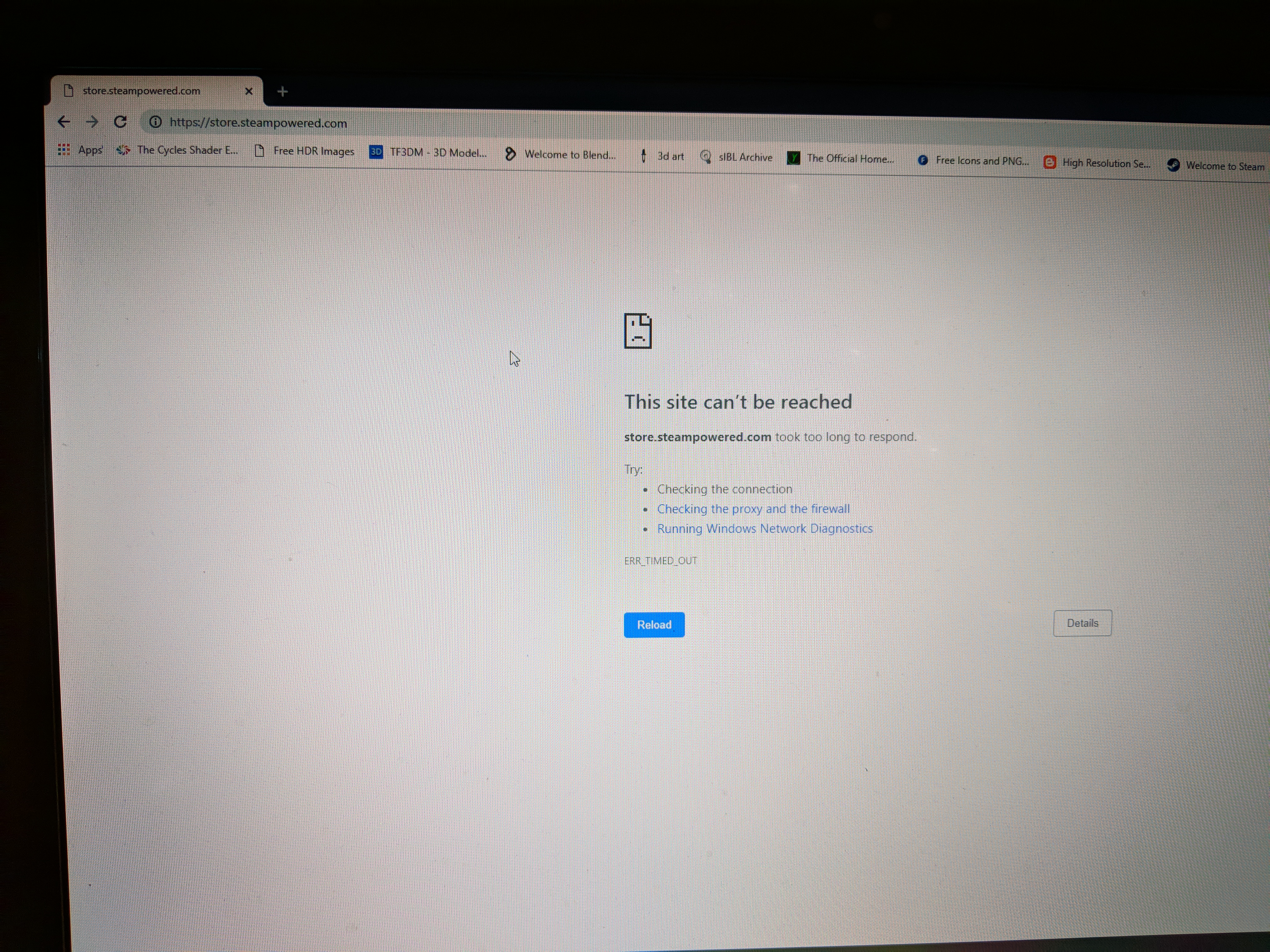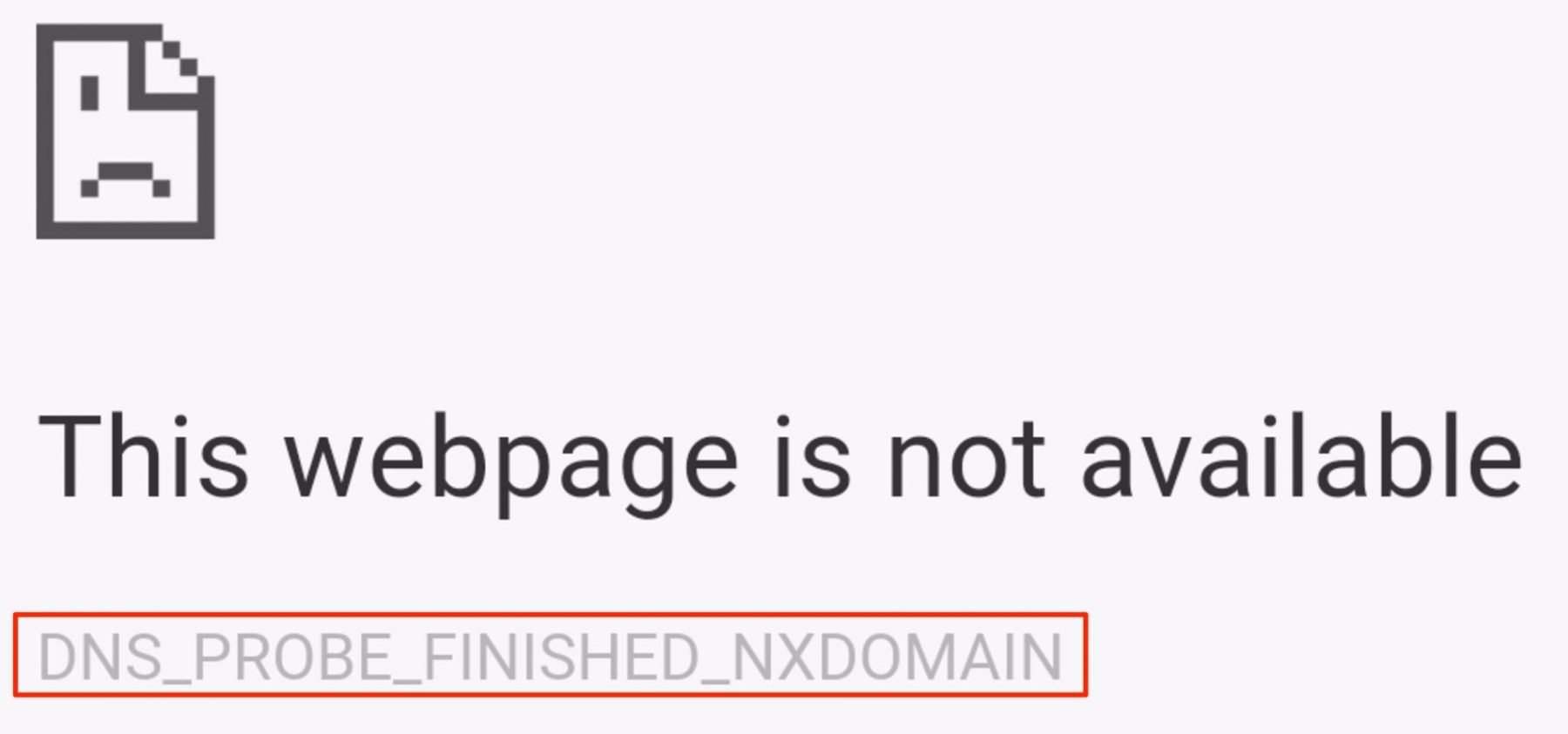
Now you should be able to see the specific resources that are non-secure. Click “View # requests in Network Panel” to proceed. If your SSL certificate is invalid, you can follow Google’s guidelines to configure a trusted SSL certificate.īack to the insecure resources – once you reload the page, Google will show you how many there are. If you click “View certificate”, you can see all of the details of your current certificate, including who issued it and when it expires. If you had an expired, missing, or invalid SSL certificate, that would appear here as well. If you refresh the page, Google will show you the specific resources that are causing problems. In this example, the page is loading non-secure resources. Once DevTools is open, toggle to “Security”:įrom here, you will be able to see what is causing your page to be non-secure. You can also right-click anywhere on the page and click “Inspect”. When you are on the page that you want to investigate, enter Ctrl+Shift+i to open DevTools. With a few simple clicks, you can identify what is causing your HTTPS page to be not secure directly in Chrome using DevTools.

I promise that this is much easier than it sounds. Non-secure webpage How to Fix the HTTPS Not Secure Message in Chrome Using Chrome DevTools (Inspect Element) In Chrome, you can tell that a webpage is non-secure when there is a “Not secure” label instead of a padlock to the left of the address in the Omnibox.

While the majority of websites have already migrated to HTTPS, HTTPS sites can still be labeled as not secure. Between Google’s direct negative non-secure site labeling and all of the positive benefits of HTTPS for users, it is a no-brainer for webmasters to migrate their sites to HTTPs. At times, Google has even gone as far as to test marking HTTP sites as “not secure” directly within SERPs. In 2018, Google began marking all sites not using HTTPS as “Not secure” in Chrome.



 0 kommentar(er)
0 kommentar(er)
